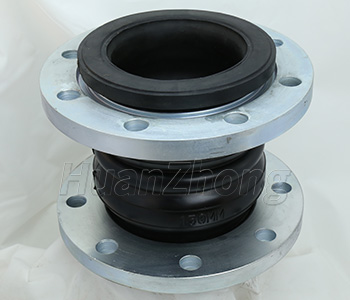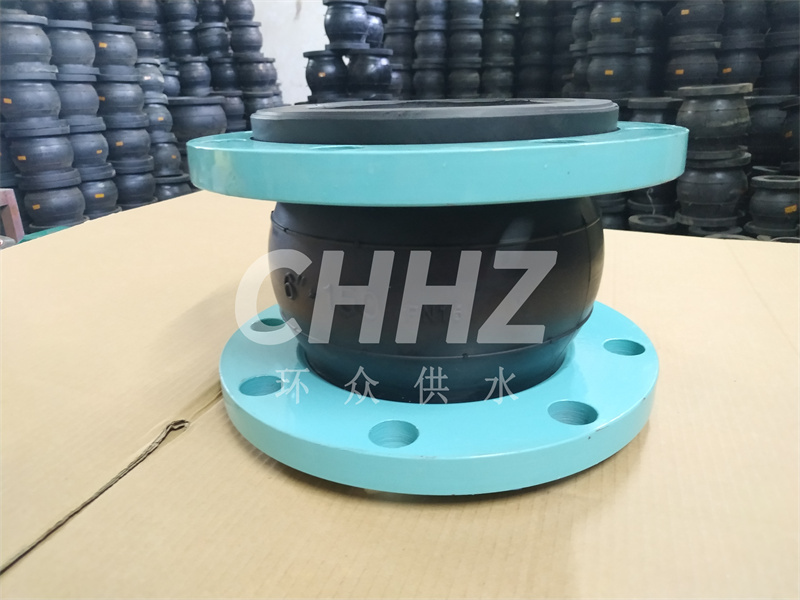Application of acid and alkali resistant rubber soft joints
When acid and alkali resistant soft joints are applied to high-rise residential water supply and drainage, the pipeline must have fixed immovable support points or fixed immovable fixed brackets, or else the substance should be machine equipment to prevent pulling off the equipment. The force of fixed support point or bracket must exceed the axial force, otherwise the machinery and equipment should also be anti-pulling equipment. Acid and alkali resistant soft joint consists of rubber product and flat tee joint, loose-fitting metal flange or threaded steel pipe flange, which is used to reduce pipeline vibration, noise and deflection. It is a kind of flexible joint with high elasticity, high sealing, material resistance and weather resistance. Acid and alkali resistant soft joint has good combing effect, so it is commonly used in chemical plants, construction, water supply and drainage, drainage pipes, crude oil, light and heavy industry, refrigeration, cleaning, plumbing installation, fire safety, electric power engineering and other fundamental engineering projects.
Positive and negative rubber, good sealing, light weight, easy maintenance of machinery and equipment, long application life, but avoid touching with sharp metal material equipment to prevent poking the ball. If the empty frame application can match the telescopic support frame, machine and equipment when the bolt should be tightened with diagonal method. If the pipeline working pressure is too high, the application of extreme limit bolts will be connected to the two sides of the flange. Soft joint presses the root to solve the various pipeline socket offset, radial expansion type and not the same heart degree and other doubts. Usually rubber street side is more greatly reduce the shock and noise of pipeline management system.
According to the different materials can be made into various types of acid resistance, alkali resistance, corrosion resistance, acid and alkali resistance, high temperature resistance, etc., into a variety of substances and natural environment. In the mixing, because the volume of the mold core is certain, fill the rubber less, easy to lack of rubber, fill the rubber more, the rubber grain forced mobility, easy to punch the messy frame chemical fiber. In addition, the soft joint is complicated to produce the mold, and the size, total number, and compensation of the waveform are restricted by the elements of mold core making, mold unloading processing technology, and the elongation of the frame chemical fiber. This investigation points out a processing technology for manufacturing pressure-bearing pipeline compensators, which is easy to complete mechanical automation, has clear quality control points, is less endangered by human factors, the resulting goods are relatively soft, and the size of the waveform can be made at will, and the compensation volume ratio is designed in a relatively large range.



